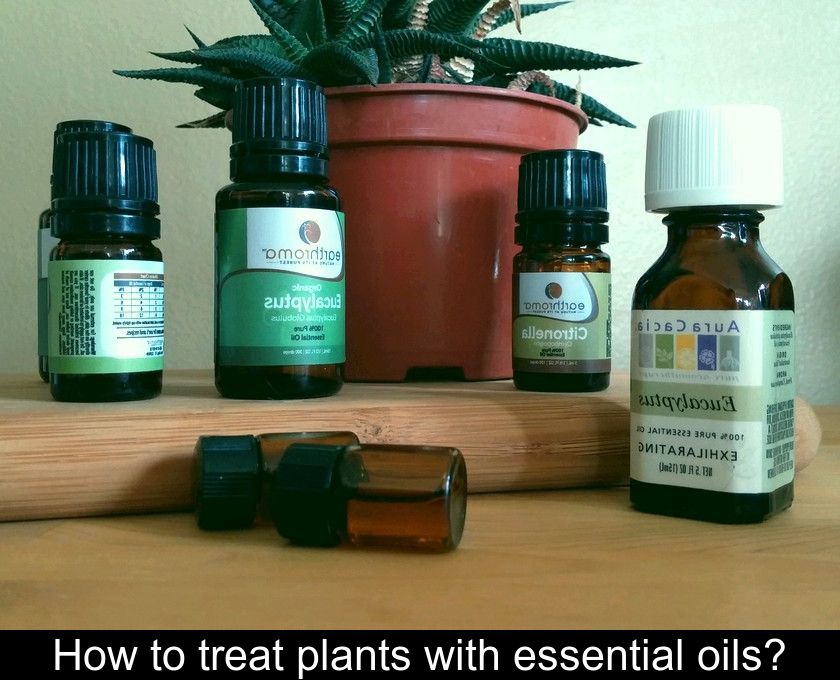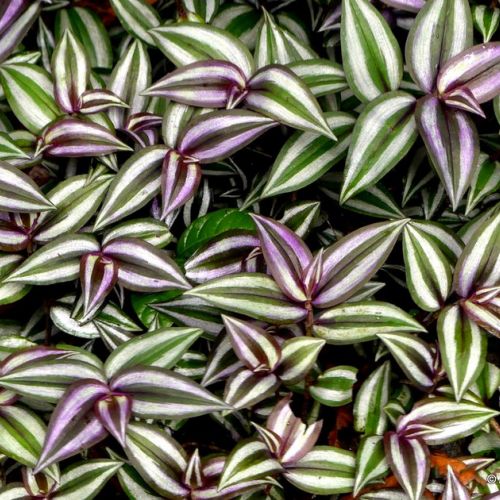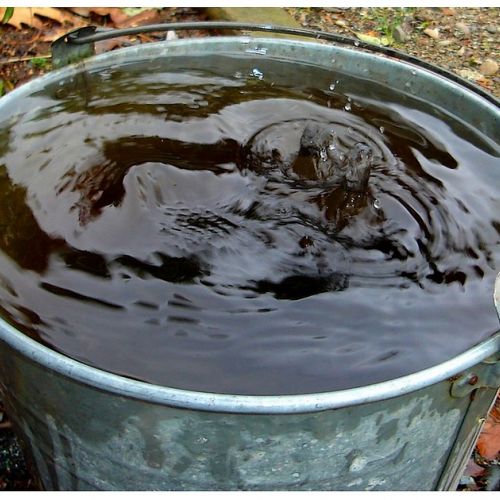How To Treat Plants With Essential Oils?
Maybe you're used to using essential oils to treat your everyday small injuries. But did you know that it's also possible to use them to treat your indoor plants and garden crops? We invite you to discover how to apply this natural treatment and which essential oil to use to fight against pests or fungi.
Why use essential oils in gardening?
The use of essential oils to treat plants in gardening or agriculture is relatively recent. This natural treatment method was notably presented by landscaper Éric Petiot in the book "Les huiles essentielles pour soigner les plantes", published in November 2011 by Terran editions.
The author explains that the active ingredients contained in certain essential oils can serve as a natural treatment to fight against pests and diseases in the vegetable garden or on indoor plants.
For example, esters have a repellent effect on insect pests while flavonoids slow down the development of fungi. But, unlike other chemical treatments, these oils have the advantage of being quickly biodegradable.
How to use essential oils on plants?
As in aromatherapy for humans, some precautions are necessary when using essential oils to treat plants.
Indeed, these oils are highly concentrated in active ingredients and can be toxic to the plant if not dosed correctly.
First of all, remember that these oils should be used for curative purposes and not preventive, when other natural solutions such as plant decoctions or nettle manure have not worked.
For better treatment effectiveness, choose high-quality essential oils, 100% pure and natural with the HECT label. It is ideal to buy organic essential oils because the plants they are extracted from have been grown without pesticides.
Attention: these oils can irritate your respiratory tract and skin! Therefore, it is recommended to handle them with care and wear a mask, gloves, and long sleeves when spraying them on your plants. When spraying the treatment, also make sure to protect your eyes with safety glasses.
What essential oils to use for plants?
To treat plants with essential oils, you must choose the remedy based on the problem to be treated. Essential oils that can serve as a repellent against insects are:
• Garlic essential oil or Allium sativum
• Clove oil or Eugenia caryophyllus.
Some aromatherapy remedies have targeted insecticidal action against specific insects:
• Peppermint against caterpillars
• Grapefruit or Citrus paradisi against Colorado potato beetles
• Rose geranium against whiteflies
• Juniper or Juniperus communis against codling moth
To combat fungi and fungal diseases, the following fungicidal oils are recommended:
• Garlic against powdery mildew
• Sweet orange, lemon, clove or tea tree against downy mildew
• Tansy
• Winter savory
• Wild oregano or Origanum compactum against brown rot, downy mildew, and apple scab.
These different fungicidal oils can be combined to combat the specific symptoms of different fungal diseases such as sooty mold or rust.
How to apply treatments with essential oils?
The simplest method to treat plants with essential oils is by spraying the treatment onto the leaves.
But be careful: you cannot directly spray the oils onto your plants! You must first dilute them.
As essential oils are insoluble in water, you must mix them with a surfactant agent such as black soap or bio dishwashing liquid and a vegetable oil such as rapeseed oil.
Regarding the quantities to use, on average, 20 to 25 drops of essential oils per liter of water are needed.
As an example, here is the recipe for an aromatherapy remedy against aphids in just 3 steps:
1- In a glass of water, dilute 4 drops of dishwashing liquid and 20 drops of peppermint essential oil. Add a teaspoon of rapeseed oil and mix well.
2- Dilute this remedy in one liter of water (preferably rainwater).
3- Pour this preparation into a sprayer and spray onto the plants to be treated.











